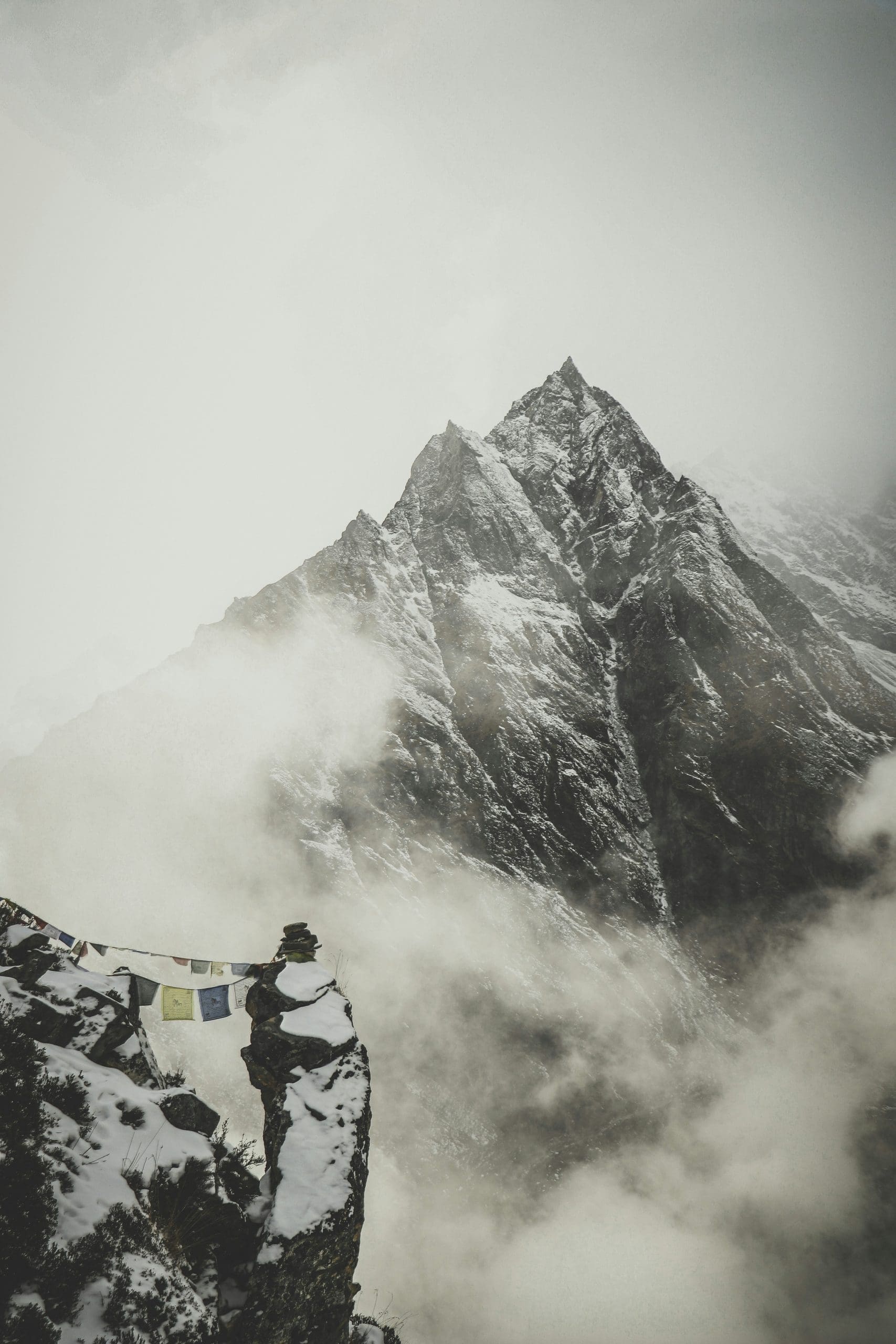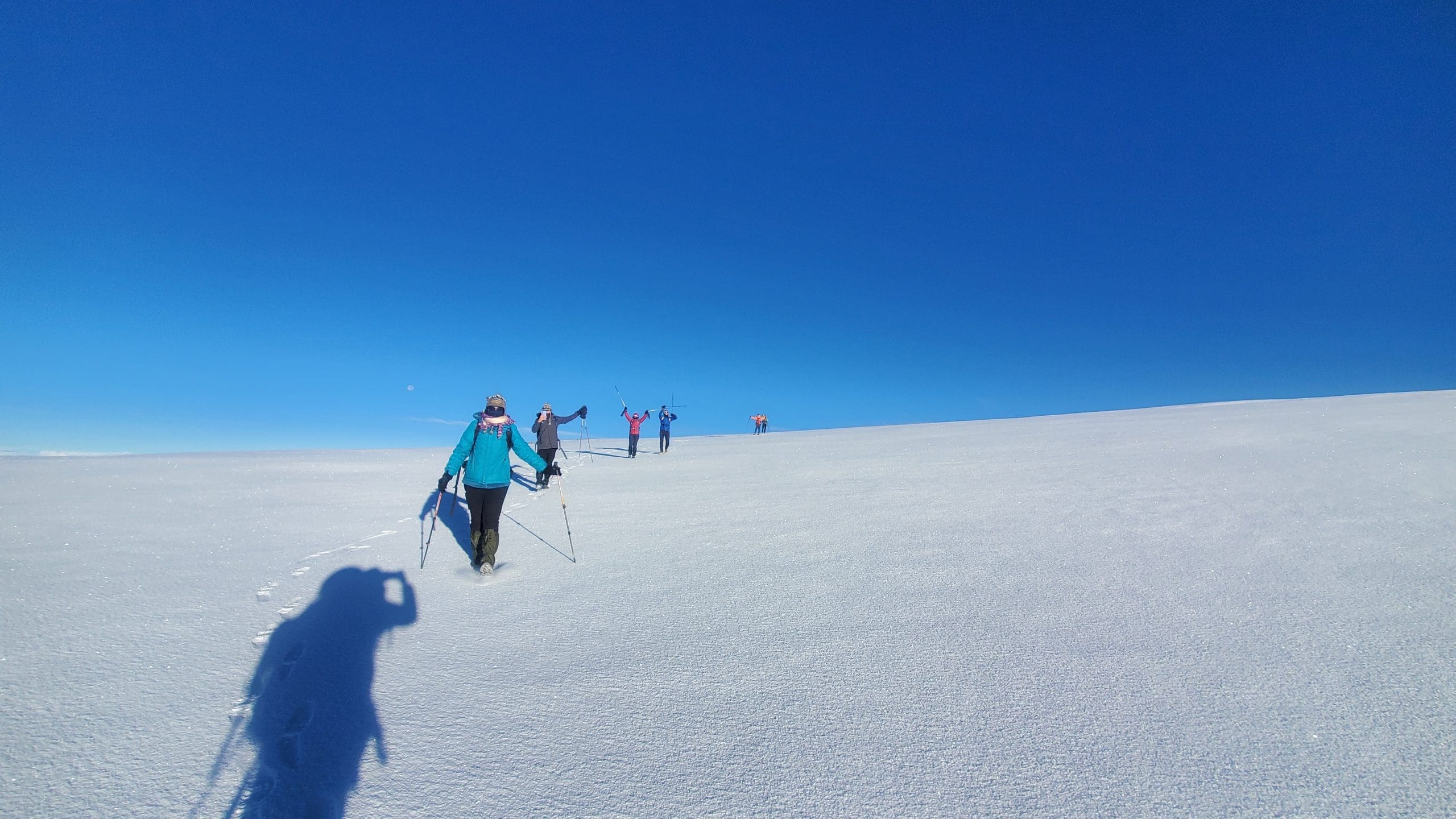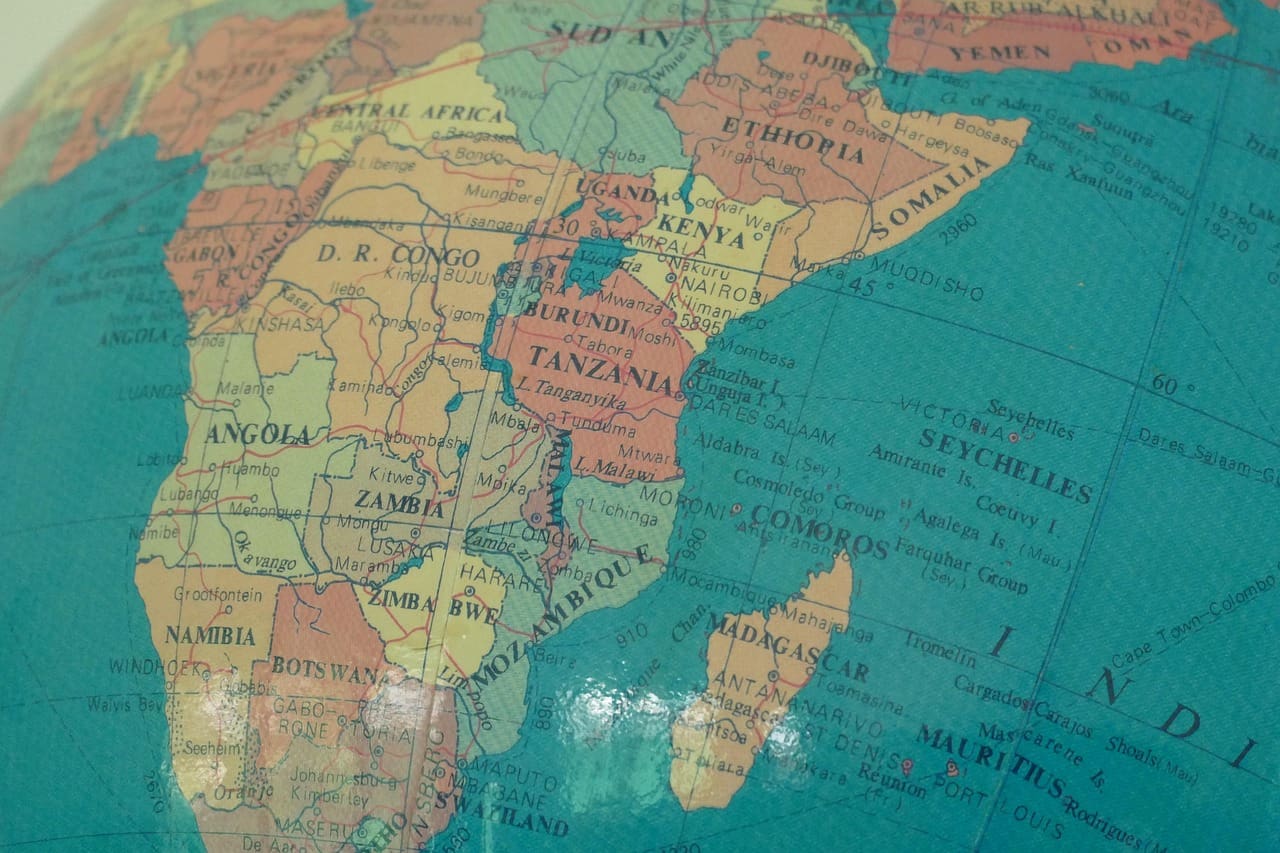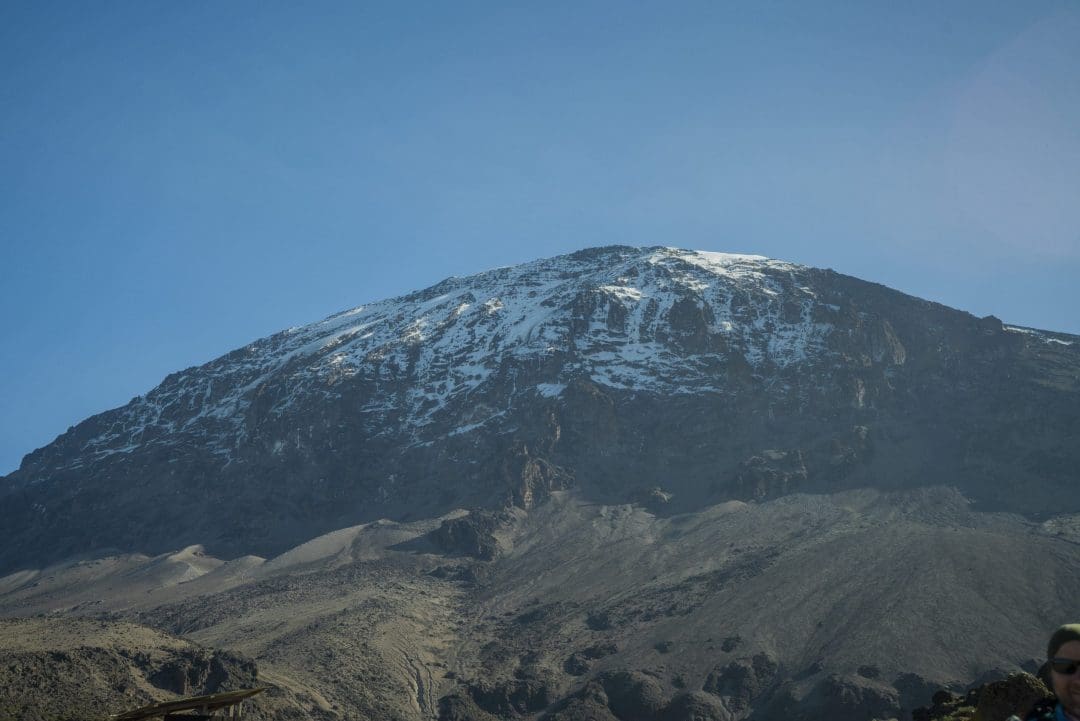Climbing extreme altitudes is an adventure many hikers are willing to embark on. It is a test of skill, fitness, and determination. Mountaineering carries risks due to the heights that are not friendly to humans.
When most people think of the hardest mountain to climb, Everest often comes to mind. The danger and difficulty in climbing are not determined only by the altitude. Not all summits are equal in their technicality. The risks rise with the weather, the route chosen, and altitude sickness.
List of the Most Dangerous Mountains to Climb
Several high places all over the world are unsafe to ascend. Here is the list of the world’s most challenging mountains to climb.
1. Annapurna [8,091 meters / 26,545 feet]

This group of mountains, called Annapurna, is located in the Himalayas, in North Central Nepal. It is deadly, with an average fatality rate of 32 per 100 climbers. Interestingly, the first ascent of Annapurna in 1950 had no fatalities. It was also the first successful attempt at summiting it.
Complex ice and rock parts characterise Annapurna. The frequent unfavourable weather, altitude sickness, hazards, and avalanches contribute to its technicality.
2. K2 [8,611meters / 28,251 feet]

K2, the second-highest peak in the world, is known as the most dangerous to climb. It is located on the border of Pakistan and China with a complex topography. The steep nature of the mountain requires the climbers to take calculated moves because of the fallen rocks and avalanches.
The weather on K2 is most of the time unfavourable. Frigid temperatures, powerful winds, and heavy snowfall characterise the mountain.
K2 technicality offers little margin for error. This way, little mistakes can injure the climber and even lead to death. All these make summiting it difficult. However, the death rate has reduced from 25% in 2021 to just 13.7% by 2024.
3. Nanga Parbat [8125meters / 26,657 feet]

Nanga Parbat, also known as the killer mountain or the king of mountains, is in Pakistan. It is the ninth-highest peak. Over time, scientists and climbers have agreed that it is the most fascinating mountain in the world.
The southern side of Nanga Parbat has Rupa Face, which is a mixture of ice and rock, forming a wall, making it the largest mountain face on earth. The unfavourable weather makes it dangerous and technical to climb, resulting in a death rate reaching 20%.
4. Kangchenjunga [ 8,568 meters / 28,169 ft]

Kangchenjunga, the third-highest peak in the world, is located on the border of India and Nepal. It is one of the most dangerous mountains to climb because of the frequent bad weather and avalanches. The falling ice frequently falls on the slopes, thereby making climbing difficult.
The mortality rate is from 15% to 22%. For other peaks, the mortality rate reduces as technology improves; Kangchenjunga is an exception.
There is no easy route to summit Kangchenjunga. The climber must make strategic decisions during unfavourable weather and explore ways to reach the peak. Also, it is located in a remote area, thereby making rescue operations difficult.
5, Eiger [3967meters / 13,015 ft]
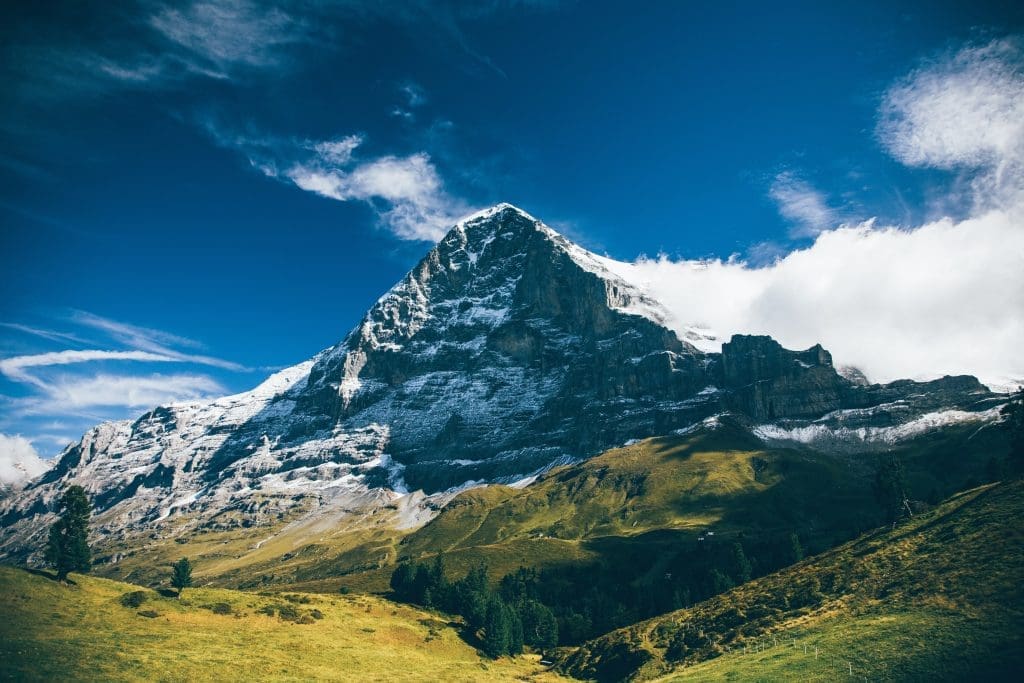
Eiger is an alpine mountain with the name “The murder wall”. It is one of the most difficult mountains to climb. Occasionally, a heavy rock falls and clears the surface with its impact. About 65 people died on the peak before its first successful summit in 1938. The wall and the effect of loose rock and ice make it a bad condition for climbing.
Many successful expeditions have occurred on the mountain. However, it is still among the most dangerous mountains to climb.
6. Everest [8,848 meters / 29,029 ft]
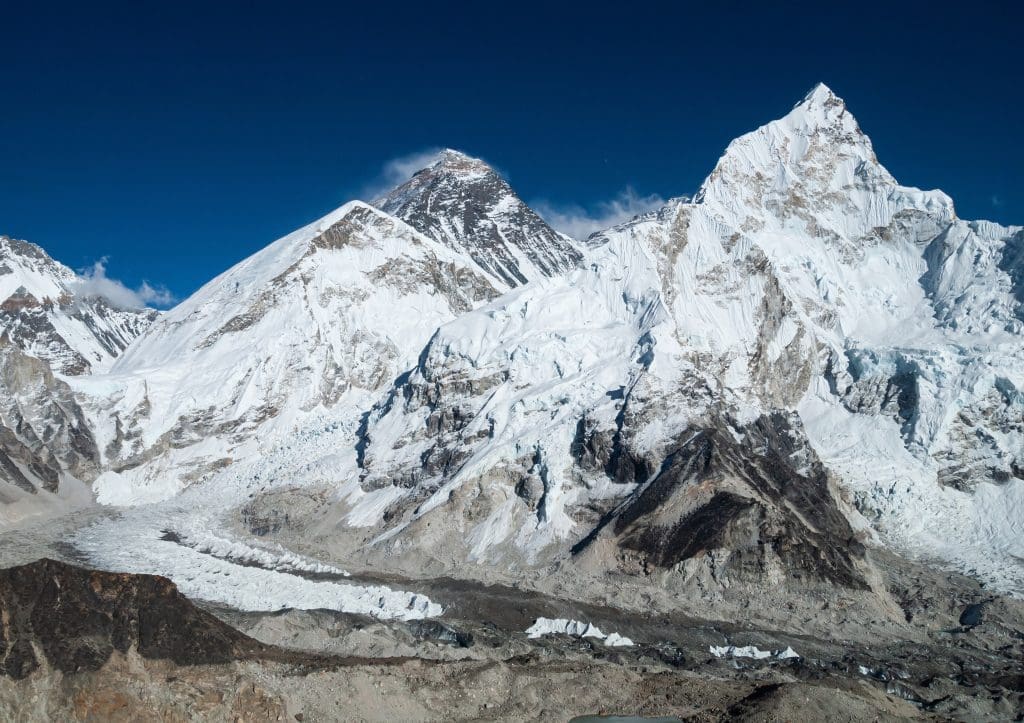
Oftentimes, people are carried away with Everest being the tallest peak, forgetting that it is hard to summit. Although the fatality rate is 6.5%, it is still a rugged mountain to climb. It has a death zone characterised by extreme cold, a harsh environment, and fierce winds. It is a risky climb to prepare for because experienced uplanders can also be affected.
Khumbu icefall and Hillary Step are the most difficult parts of Everest. Climbing it requires expertise and excellent climbing skills. The icefall especially changes the routes easily due to frequent changes in ice formations, making it a dangerous area to climb.
7. Dhaulagiri [8167meters / 26,795 ft]

Dhaulagiri is located in Nepal, with its first summit in 1960. It is one of the most difficult mountains to climb, with a mortality rate of 16%. The rock has icy ridges and extreme winds demanding expertise from climbers. It has deep, open cracks on its glaciers, making the slope dangerous to climb. The crevasses on the route often demand ropes and ice axes to climb them.
The biggest challenges faced by the hikers are the avalanches, which force them to bend in an uncomfortable position when climbing. The start of the adventure can turn sour because of the bad weather.
8. Washington [1,916 meters / 6,286 ft]

Washington is located in New Hampshire, USA. Interestingly, what makes it dangerous is not the rocky terrain and technicalities. Climbing is challenging due to the weather, particularly the hurricane-force winds that occur on it. The strongest wind on earth, with 21 mph, happened on Mount Washington. Since its discovery, it has claimed 161 known lives.
Sometimes, the temperature at the peak can be as low as -50°C (-58°F). Every year, experts conduct rescue operations on the mountain even though climbers can summit it using cable cars. Oftentimes, death on the hill is due to the nonchalant attitude of climbers, making them unprepared for the weather changes.
9. Matterhorn (4478 meters / 14,691 Ft)

Matterhorn is part of the Alps and is one of the most popular and most challenging peaks to climb. This peak was formed over a million years ago through the tectonic collision between the Eurasian and African plates. Its popularity attracts many climbers, who attempt to scale it, thereby accessing high points that are dangerous. Some tourists go as far as sending loose rocks to others below them, increasing the number of victims.
In the past few years, climate change has worsened the situation on the mountain by increasing the heat waves. Storms are also common during the daytime at their peak. Interestingly, you do not need a high level of technicality to climb the mountain; only good physical fitness is essential.
10. Makalu [8,481 meters / 27,825 ft]

Makalu, the fifth-highest peak in the world, is located in the Mahalangur Himalayas. It is 19km southeast of Everest. It is pyramid-shaped with a fatality of 14%. Makalu is one of the most dangerous mountains to climb because of its extreme cold, high winds, harsh weather conditions, and steep terrain.
The difficulty continues at the base camp. It is on the rock, so it is hotter than the base camps of other mountains. It is so hot that you cannot see the summit in the morning because of the sun.
11. Gasherbrum I [8,080 meters / 26,509 feet]
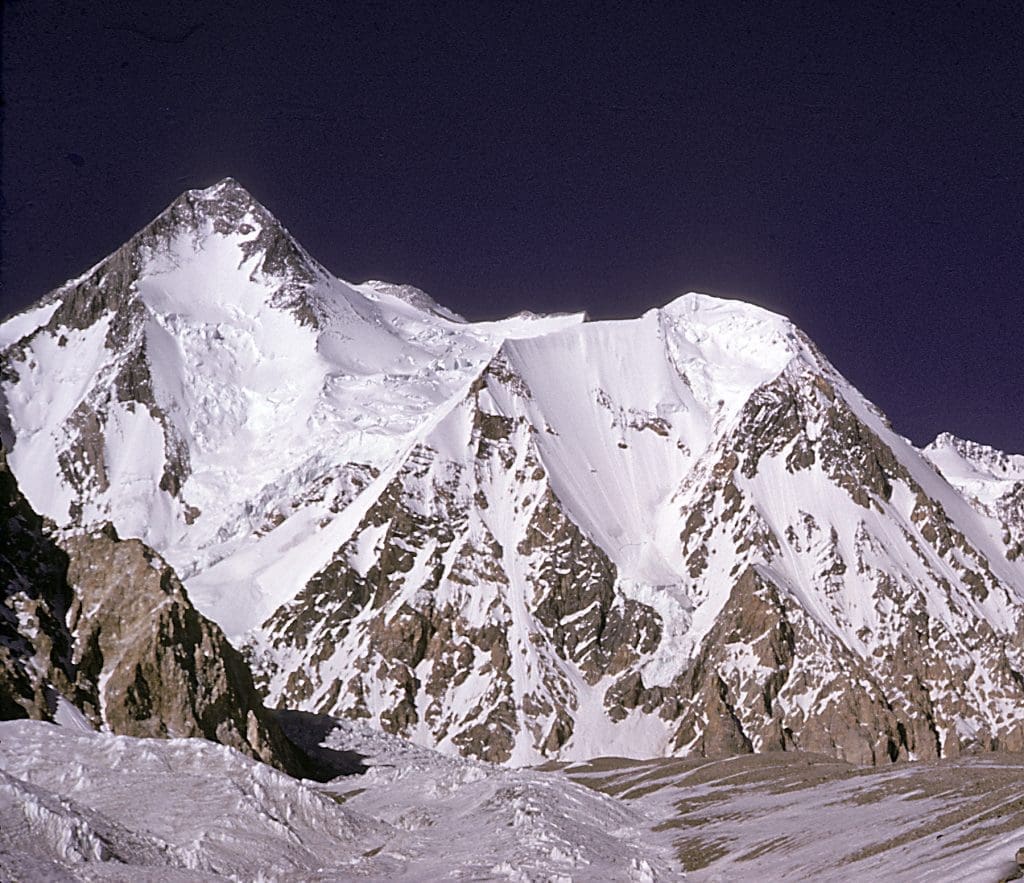
Gasherbrum, also known as K5, is the highest and most prominent peak in the Himalaya range. It is the 11th-highest in the world. The name is from Baliti, meaning a beautiful mountain. Its summit is one of the most dangerous in the world, with a fatality rate of 10%.
Climbing Gasherbrum is difficult from the bottom to the top. The technicalities are due to the extreme weather conditions and rock sections. Climbers have to navigate through the deep cracks en route to the mountain to avoid avalanches. These challenges make the whole climbing process a risky one.
12. Manaslu [8,163 meters / 26,781 feet]
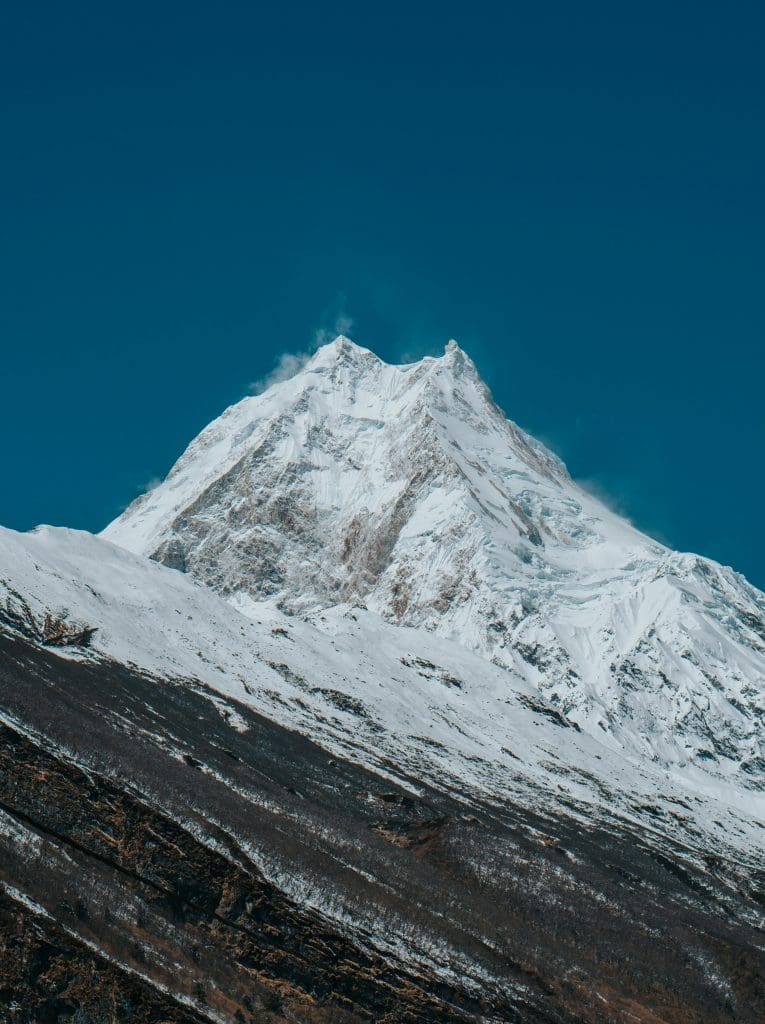
Manaslu is known for sweeping climbers off the snowy surface. It is the eighth-highest mountain in the world. It is also one of the dangerous peaks of avalanches, which led to an event in 2012 that claimed the lives of 11 climbers.
A single avalanche involves a rush of snow and ice that can cause the death of many and injure others. The more climbers, the higher the chances of accidents.
Many climbers suffer from altitude sickness en route to this peak. Symptoms include exhaustion, shortness of breath, and headache. These feelings can worsen over time, leading to complications.
13. Shishapangma [8027meters / 26,335 ft]
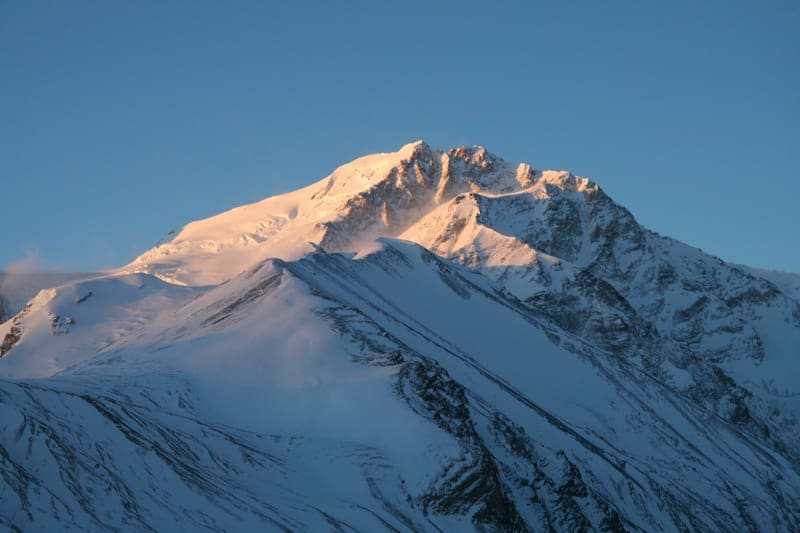
Shishapangma is located in Tibet with a death rate of about 10%. It is unique and less dangerous than other high peaks. Mountaineers often think Shishapangma is the easiest of 8,000-meter peaks. However, climbing it has technical challenges. Summiting the mountain successfully requires expertise in ice and rock climbing, as well as other essential skills.
The only danger it has is the narrow section of the final summit. Also, avalanches, sudden storms, and altitude sickness increase the chances of getting injured on it.
14, Broad Peak [8051 meters / 26,414ft]

Broad Peak, also known as K3, is one of the peaks in the Karakoram mountain range in Pakistan. It has a fatality rate of 8%. It is the 12th-highest mountain in the world.
It requires expertise and technical skills, particularly on the West Ridge section. The unstable weather and altitude sickness contribute to its being one of the world’s rugged mountains to climb. Also, it has a wide, steep slope from the beginning to the summit. Unlike other mountains, Broad peaks have a low number of climbers, which increases the risk of getting lost without assistance.
What Is the Hardest Mountain to Climb?
K2 is often stated as the hardest mountain to climb. Although many hikers disagree with this fact, summiting Karakoram 2 is complex and dangerous.
Alan Arnette, a well-known mountaineer, says about 90 people died in their attempt to climb the mountain. Using his own experience as an example, he described it as a tough one because of the mount’s technicalities.
He experienced severe physical strain, which left him extremely hungry and tired, rendering him unable to sleep or eat for a while. Later in 2024, he released a book that corroborated his experience, featuring other renowned climbers such as Adrian Ballinger and Carla Perez, along with photographer Esteban Mena.
The saddest event occurred on the peak in August 2008. About 11 climbers from different hiking groups died on the slope, with three others injured. Although the reason for the death is unknown, we can be sure that the technicalities of the K2 contributed to it.
Is Mount Kilimanjaro a dangerous climb?

Unlike other Iconic mountains that share towering heights, Mount Kilimanjaro presents a non-technical trek. It rises to 5,895 meters (19,341 feet), a challenging yet achievable ascent. Concerns for climbers include altitude sickness and malaria, but the Mount Kilimanjaro death rate is still below 0.04%
In all, summiting mountains is not just a physical challenge; it needs mental preparation and resilience. If you prefer an African experience instead, learn more about climbing Mount Kilimanjaro. Africa’s tallest peak offers a lifetime experience rich in natural beauty and awe-inspiring views.
Frequently Asked Questions
1. Are there mountains that have not been climbed?
To date, there are mountains in the world that have not been climbed. A significant example is Gangkhar Puensum with a height of 24,840 feet. It is on the border between China and Bhutan. It has not been explored because climbing peaks higher than 20,000 feet has been banned in Bhutan since 1994 for respect for local spiritual beliefs.
2. What makes a mountain dangerous to climb?
Several factors determine how dangerous a mountain is. Examples include high peaks, altitude sickness, risk of avalanches, technicality, and unpredictable weather. A climber who will make the summit would have prepared to handle the dangers when they come.
3. What is the deadliest mountain in the world?
Annapurna in Nepal is considered the deadliest mountain in the world. It holds the highest fatality rate. For many years, the rate was one death for every three successful summits, making it the deadliest mountain to climb.



